Refine listing
Actions for selected content:
2251 results in Cambridge Elements
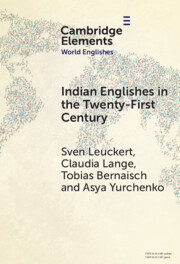
Indian Englishes in the Twenty-First Century
- Unity and Diversity in Lexicon and Morphosyntax
-
- Published online:
- 27 November 2023
- Print publication:
- 21 December 2023
-
- Element
- Export citation

The Hedonism of Eudoxus of Cnidus
-
- Published online:
- 27 November 2023
- Print publication:
- 21 December 2023
-
- Element
- Export citation
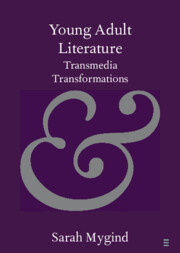
Young Adult Literature
- Transmedia Transformations
-
- Published online:
- 24 November 2023
- Print publication:
- 21 December 2023
-
- Element
- Export citation
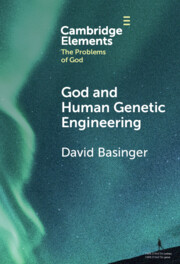
God and Human Genetic Engineering
-
- Published online:
- 24 November 2023
- Print publication:
- 21 December 2023
-
- Element
- Export citation
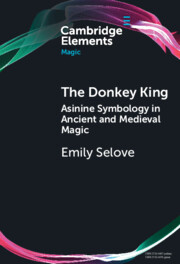
The Donkey King
- Asinine Symbology in Ancient and Medieval Magic
-
- Published online:
- 24 November 2023
- Print publication:
- 21 December 2023
-
- Element
- Export citation
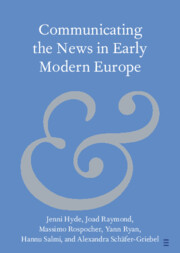
Communicating the News in Early Modern Europe
-
- Published online:
- 23 November 2023
- Print publication:
- 14 December 2023
-
- Element
- Export citation
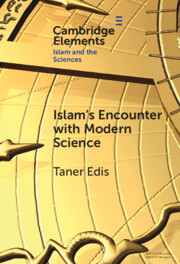
Islam's Encounter with Modern Science
- A Mismatch Made in Heaven
-
- Published online:
- 22 November 2023
- Print publication:
- 07 December 2023
-
- Element
- Export citation
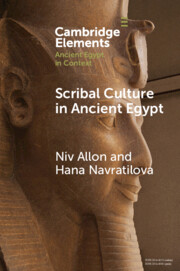
Scribal Culture in Ancient Egypt
-
- Published online:
- 22 November 2023
- Print publication:
- 21 December 2023
-
- Element
- Export citation
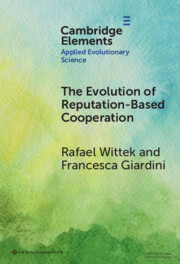
The Evolution of Reputation-Based Cooperation
- A Goal Framing Theory of Gossip
-
- Published online:
- 22 November 2023
- Print publication:
- 21 December 2023
-
- Element
- Export citation
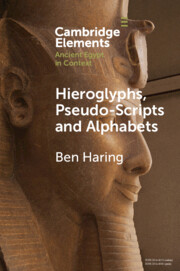
Hieroglyphs, Pseudo-Scripts and Alphabets
- Their Use and Reception in Ancient Egypt and Neighbouring Regions
-
- Published online:
- 22 November 2023
- Print publication:
- 21 December 2023
-
- Element
- Export citation

Building Pathways to Peace
- State–Society Relations and Security Sector Reform
-
- Published online:
- 21 November 2023
- Print publication:
- 07 December 2023
-
- Element
-
- You have access
- Open access
- HTML
- Export citation
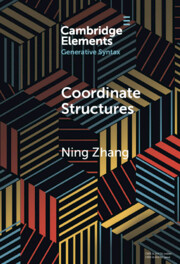
Coordinate Structures
-
- Published online:
- 21 November 2023
- Print publication:
- 14 December 2023
-
- Element
- Export citation
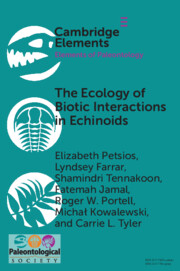
The Ecology of Biotic Interactions in Echinoids
- Modern Insights into Ancient Interactions
-
- Published online:
- 17 November 2023
- Print publication:
- 14 December 2023
-
- Element
-
- You have access
- Open access
- HTML
- Export citation
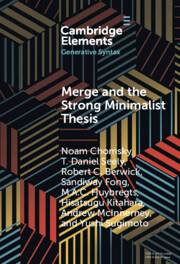
Merge and the Strong Minimalist Thesis
-
- Published online:
- 17 November 2023
- Print publication:
- 14 December 2023
-
- Element
- Export citation
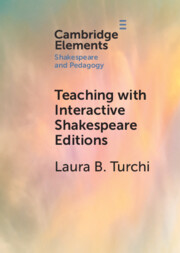
Teaching with Interactive Shakespeare Editions
-
- Published online:
- 16 November 2023
- Print publication:
- 14 December 2023
-
- Element
- Export citation
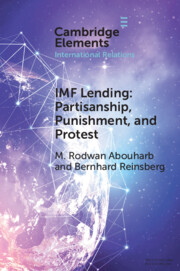
IMF Lending
- Partisanship, Punishment, and Protest
-
- Published online:
- 16 November 2023
- Print publication:
- 31 October 2024
-
- Element
-
- You have access
- Open access
- HTML
- Export citation
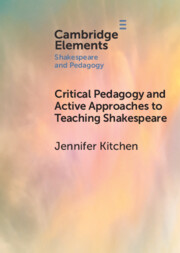
Critical Pedagogy and Active Approaches to Teaching Shakespeare
-
- Published online:
- 14 November 2023
- Print publication:
- 07 December 2023
-
- Element
- Export citation
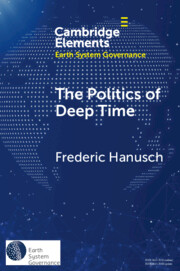
The Politics of Deep Time
-
- Published online:
- 13 November 2023
- Print publication:
- 07 December 2023
-
- Element
-
- You have access
- Open access
- HTML
- Export citation

Memory and Remembering
-
- Published online:
- 13 November 2023
- Print publication:
- 21 December 2023
-
- Element
- Export citation
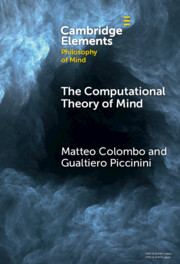
The Computational Theory of Mind
-
- Published online:
- 13 November 2023
- Print publication:
- 07 December 2023
-
- Element
- Export citation
